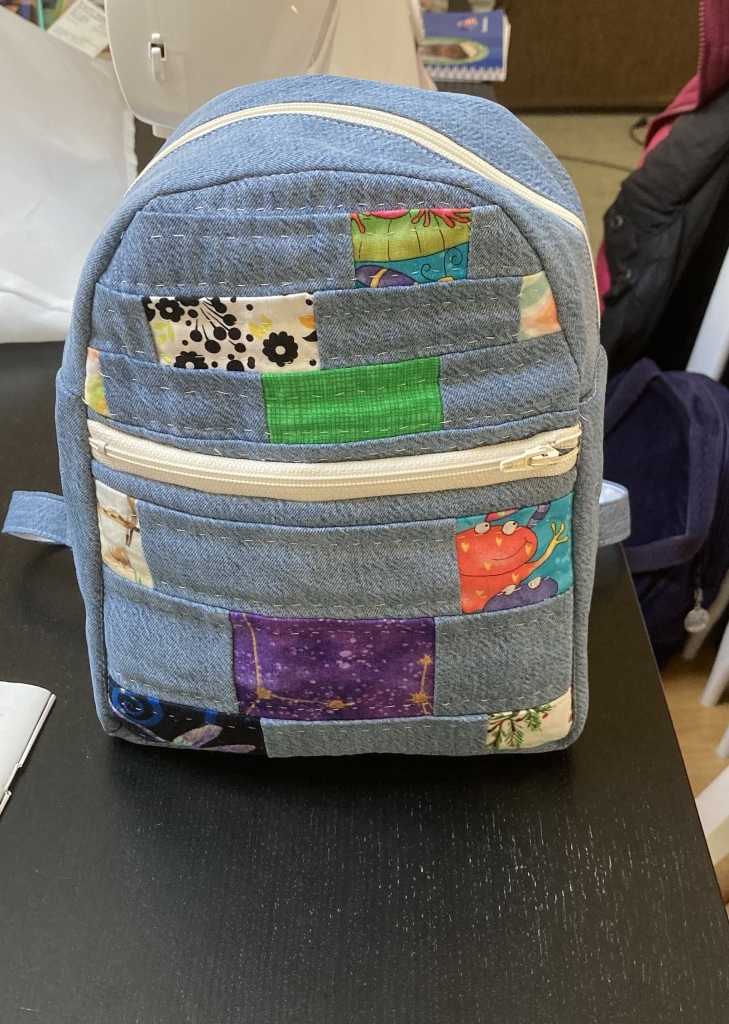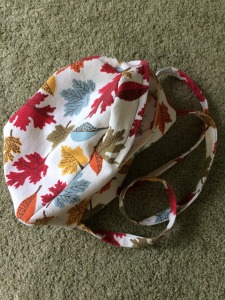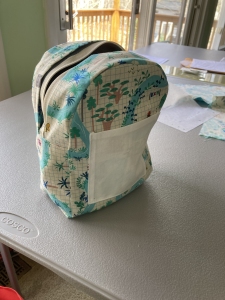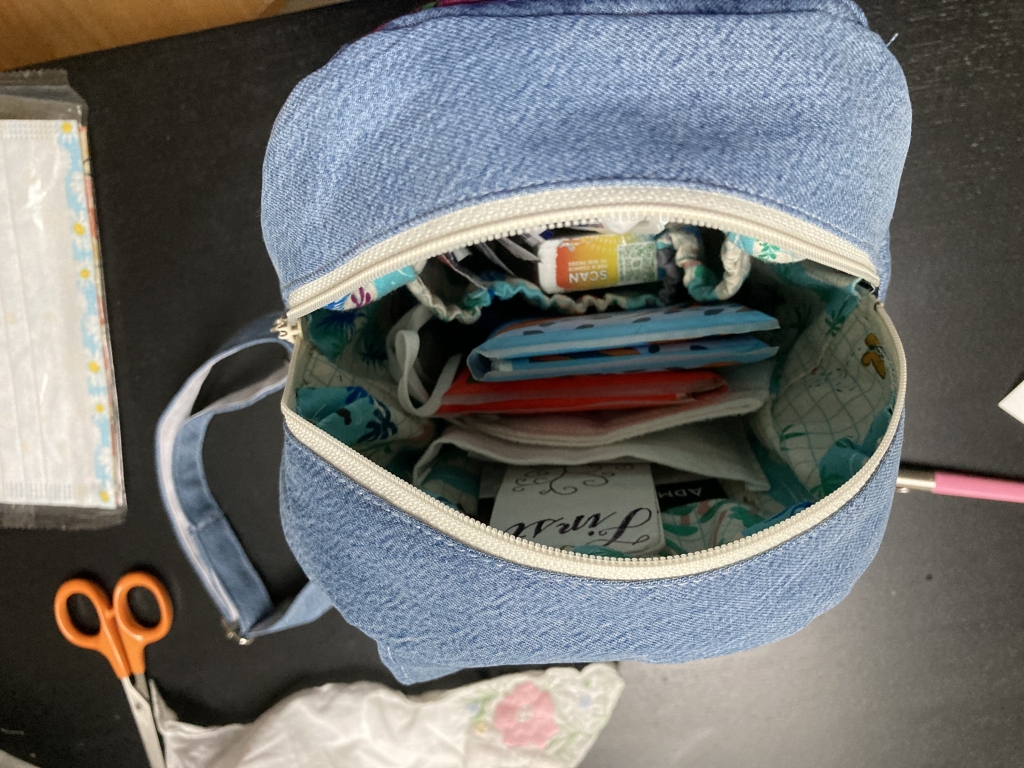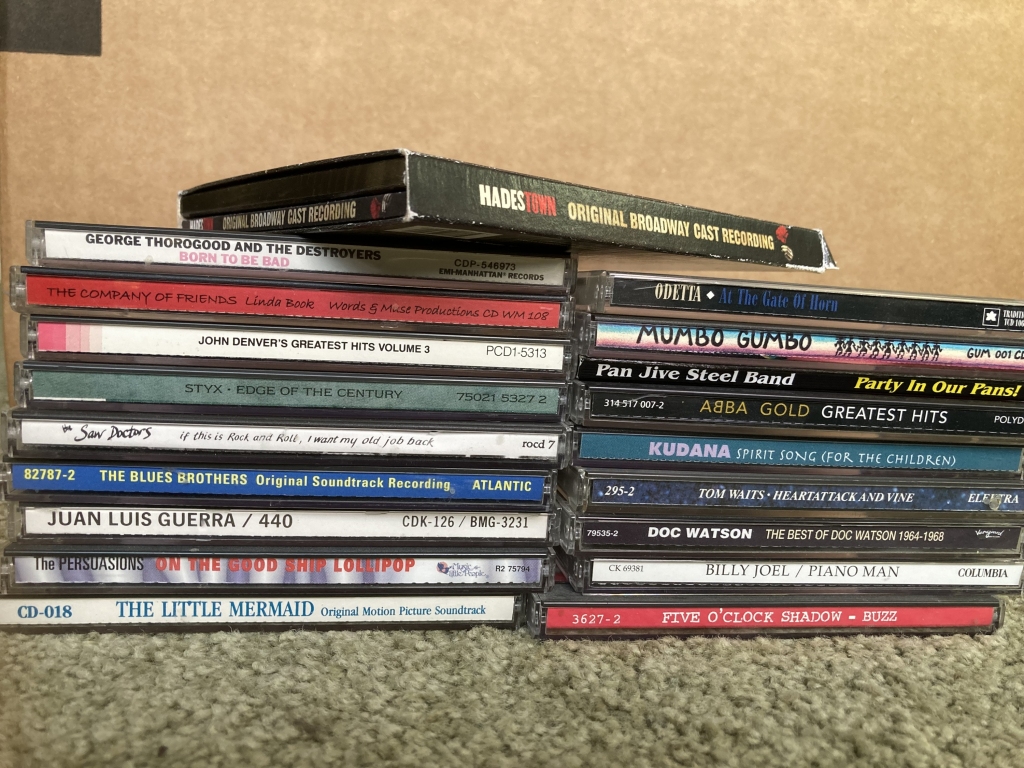Perhaps more than anything else, the way we react to language says something about what generation we belong to. I belong to the generation that didn’t grow up using “like” in every other sentence, but rapidly picked up the habit as young adults. A generation that didn’t up-talk, though I find myself doing that more often than I’d like now. A generation in which the f-word was still a serious curse word. Or as Ralphie says in A Christmas Story, “the queen-mother of dirty words”–though Ralphie was an earlier generation.
My parents made some effort not to curse too freely in front of us kids, but they certainly exclaimed “D—!”, “H—!”, or “S—!” when feeling seriously provoked (Oddly enough, my mom sometimes says “Pardon my French” when she’s just sworn in English, and “Pardon my English” when she’s just said, “M—-!”) But “Fudge!” is as close as they generally got to the f-word.
I realize that things have changed. I have a daughter. I read YA. But I can’t get used to the f-word as an all-purpose filler. How did this even happen? Of all words to popularize, why the swear word that combines sex and (threat of) violence? Weren’t we supposed to be fighting that combination?
My daughter tells me the f-word doesn’t carry that same sense of threat now, though I’m pretty sure people still say “F— you!” and tell others to “F— off!” And I suppose there are other words that also combined sex and threat that don’t strike me as forcefully, perhaps because they exist in other, innocent contexts as well. The word “screw” has a legitimate place in construction and engineering.
Language does change, whether we like it or not, and exposure has its effects. The f-word does pop into my mind when everything goes to hell in a handbasket*, though I prefer not to actually say it. I may say, like, a lot of other words that irritate me? And, like, find myself up-talking when I don’t mean to? But maybe I can stand firm on this one.
Though the euphemistic “fudge” has given way to “freak” and “frick”, so who knows?
Till next post.
*Why a handbasket? Just because it’s alliterative??

